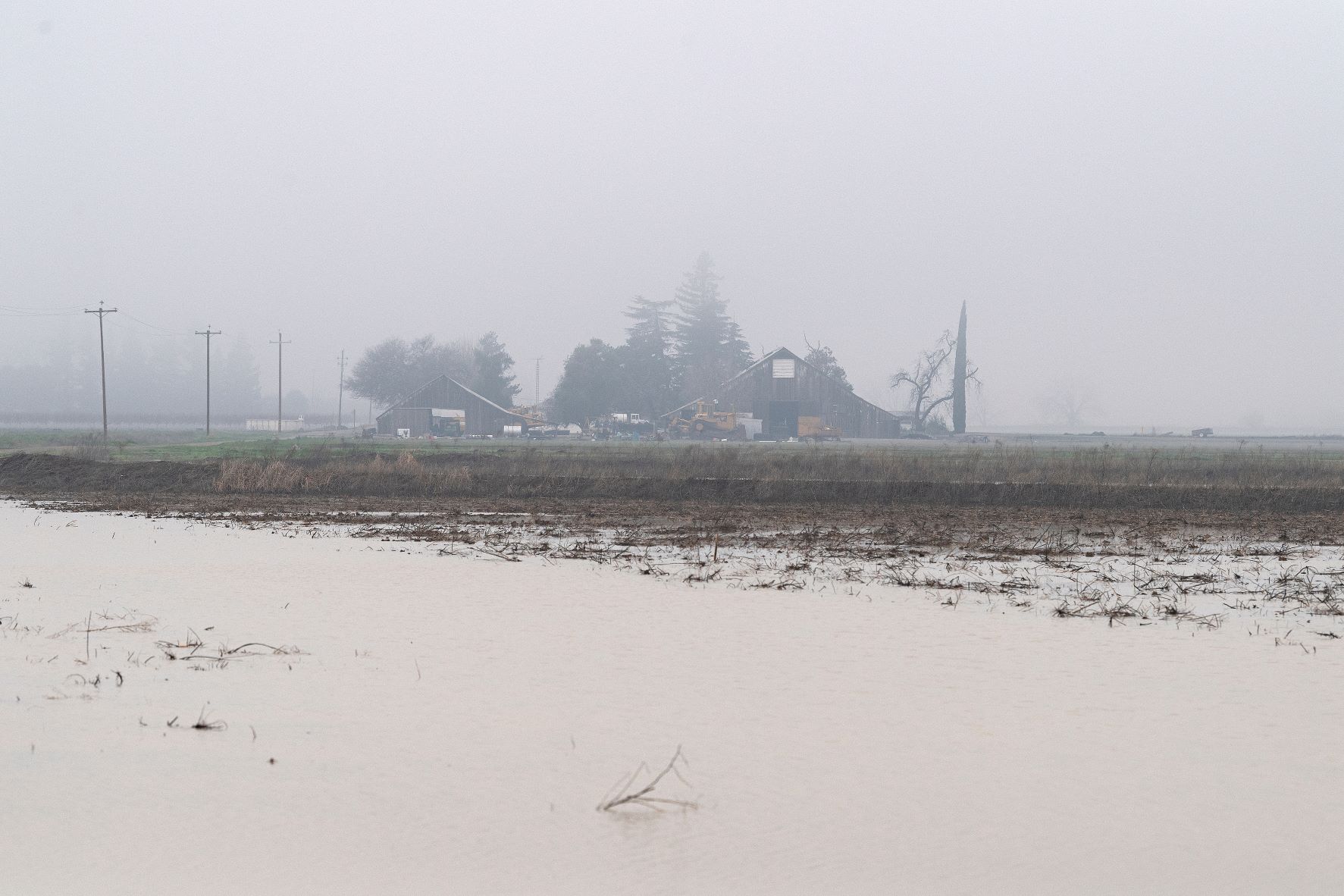
California’s recent storms have pounded the state, quickly moving the state from extreme drought to flood conditions. Since January, California has seen repeated flooding across the state and multiple feet of snow in the higher elevations as one atmospheric river after another dumps precipitation.
The fact that California has an abundance of precipitation but no way to store it has made national news. The Wall Street Journal recently highlighted the issue, noting that “enough [water] for between 1.7 million and 2.5 million people for one year, could be captured in Southern California and the San Francisco Bay Area,” if proper infrastructure and procedures were in place.
Executive Order
A positive step last week was an Executive Order (EO) on groundwater recharge from Governor Gavin Newsom. This EO, number N-4-23, suspends several environmental permitting processes for projects that use excess floodwaters in 2023 to recharge groundwater. “California is seeing extreme rain and snow, so we’re making it simple to redirect water to recharge groundwater basins. This order helps us take advantage of expected intense storms and increases state support for local stormwater capture efforts,” said Governor Newsom.
The suspension of these permitting processes allows these time-sensitive projects to take advantage of high flows now so that water can be stored underground for later use. While the recent storms have alleviated most drought conditions across the state, groundwater basins have not recovered from the lengthy and repeated drought conditions over the last few years.
Recharging Groundwater Basins
In many areas, particularly the Central Valley, groundwater is the main source of water for both cities and industries. Agricultural operations in particular often rely on groundwater, especially in drought years when surface water supplies are limited or unavailable. Agricultural businesses have also long looked into ways to facilitate groundwater recharge. Removing barriers to recharge projects under present climactic conditions fills a key need to recharge overdrawn groundwater basins and create better water security across the state.
This EO comes on the heels of Newsom’s earlier action on water that allows the state to capture and conserve more stormwater. Prior drought EOs similarly suspended the California Environmental Quality Act (CEQA) for water supply projects and have been used in the groundwater recharge context. This newest EO expressly focuses on groundwater recharge in a way that further facilitates using these permitting suspensions.
Water is the lifeblood of California’s economy. It is the foundation upon which our way of life is built. Water underpins California’s food security, is essential for building new housing, and is a basic human need. Without continued serious action to address our challenges with respect to storage and water reliability, businesses and residents alike will suffer. Common-sense solutions, like streamlining processes to harness unusually high flows for storage and groundwater recharge, are part of a larger need to ensure that our water system works predictably and reliably for all areas in the state.
The CalChamber works with our members to advocate sensible policies that provide a secure water future for California and its economy. We will continue to work with policymakers to ensure that California can build abundance in its water supply.

